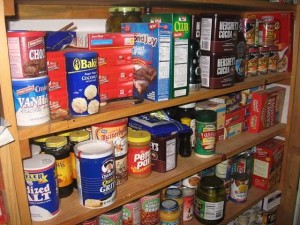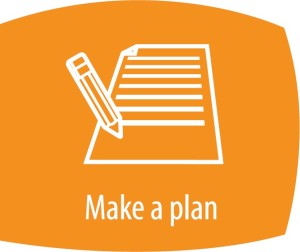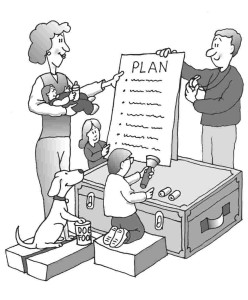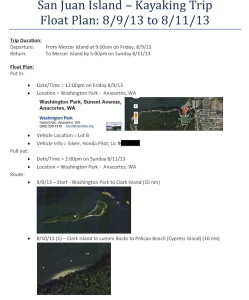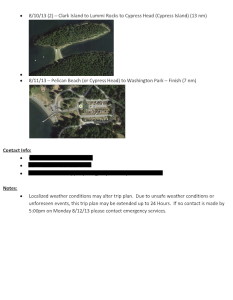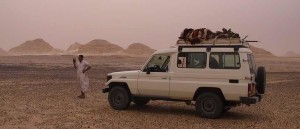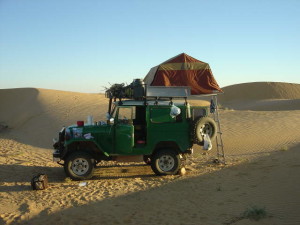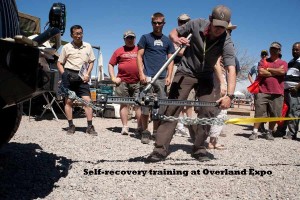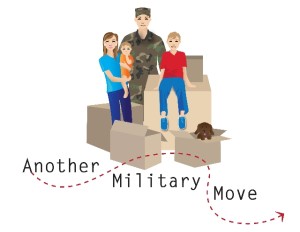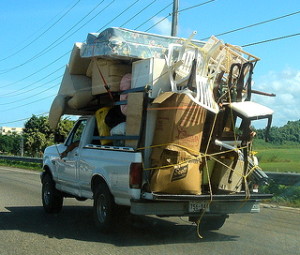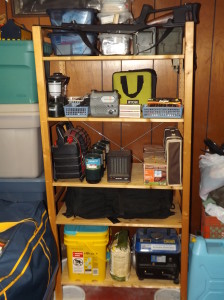I haven’t eaten for the past 60 hours, and I don’t plan on eating for 36 more.
No we didn’t have a disaster or anything. I’m doing a prolonged fast as a personal health experiment (see Post Script below).
 During this time I can’t help reflecting on the discomfort, distraction, and concerns about going hungry. I’ve never gone this long without food, the longest I had before was less than 24 hours. It’s interesting to see the effects it has on my body, mind, and emotion.
During this time I can’t help reflecting on the discomfort, distraction, and concerns about going hungry. I’ve never gone this long without food, the longest I had before was less than 24 hours. It’s interesting to see the effects it has on my body, mind, and emotion.
Before I go on, let me define my fast: I’m only drinking water, water with 1/2 lemon in it (once a day), coffee, and I suck on sunflower seeds (but then spit the seed out with the shell). I’m not eating at all, essentially no caloric intake.
The first 24 hours were the hardest. When it was time to eat, I didn’t eat and my body didn’t like that or understand why. That evening I felt like crap and had a bad (hangover-type) headache. I was easily distracted and it was harder to concentrate.
 The next morning I felt better, more normal – but I craved food. I literally salivated at the sight of it (and of course that was the day several friends at work brought me in treats). Fried food looked soooo good… By that evening the headache had returned, but not as bad, and I felt weak and achy. And all kinds of odd sounds were coming from my belly.
The next morning I felt better, more normal – but I craved food. I literally salivated at the sight of it (and of course that was the day several friends at work brought me in treats). Fried food looked soooo good… By that evening the headache had returned, but not as bad, and I felt weak and achy. And all kinds of odd sounds were coming from my belly.
This morning there’s been a dull ache in my stomach, I continue to feel achy all over, and I feel like I have little motivation to want to move around very much.
And there’s still 36 hours to go.
Food is one of our top basic needs (along with water, shelter, security, energy, hygiene, and medical). Sure the human body can go several weeks without food, but…
If you haven’t eaten for a while, you can’t think of much else. I know when I’ll eat again, but what if I didn’t? I really struggle with imagining not knowing how or when I’d have my next meal.
When your body is starving you constantly yearn for food, think about how good something would taste, and you wonder when you’ll eat again. But you’d have to conserve your strength because you only have finite physical (and mental and emotional) resources to draw from. Eventually, I believe, you’d do just about anything to get food.
Fortunately food is something that we can now easily acquire and store away. The abundance of well packaged, long shelf-life food products is amazing. Sure we can argue they may not be the best things for you to eat, but they are something to eat if nothing else is available.
Take the time to review you food storage. You can review my previous posts: Store What you Eat (Food Part 1), Long Term Storage (Food Part 2), ‘Course It’ll Always Be There, How Much Do You Need = Math, Momma Bear: Figuring Out How To Make Food Storage Work, and Product Review: Meal Kit Supply MREs.
Make a plan to be able to feed you and your family, before they get into a situation where you’d have to go hungry; because it sucks. Oh and did I mention constipation? Nothing in equals nothing out — another unpleasant effect of going hungry.
Post Script: Fasting For Health
I’m very new to the fasting for health bandwagon, and my personal jury is still out — this is my first time. I read an article the other day: Fasting is beneficial to the immune system: Study shows it triggers stem cell regeneration. I then went to the source study: Prolonged Fasting Reduces IGF-1/PKA to Promote Hematopoietic-Stem-Cell-Based Regeneration and Reverse Immunosuppression.
I figured I’d try it. It didn’t cost me anything, and I thought it’d be an interesting first hand experiment. The article suggested 48 to 96 hours, I decided if I was going to do it I’d go big and do 96. I’m hoping it’ll help with my seasonal allergies, strengthen my immune system (though it’s already good), and slowing “the damaging effects of aging” doesn’t sound too bad either.
If it “works” my plan is to fast for 48 – 96 hours every six months.



